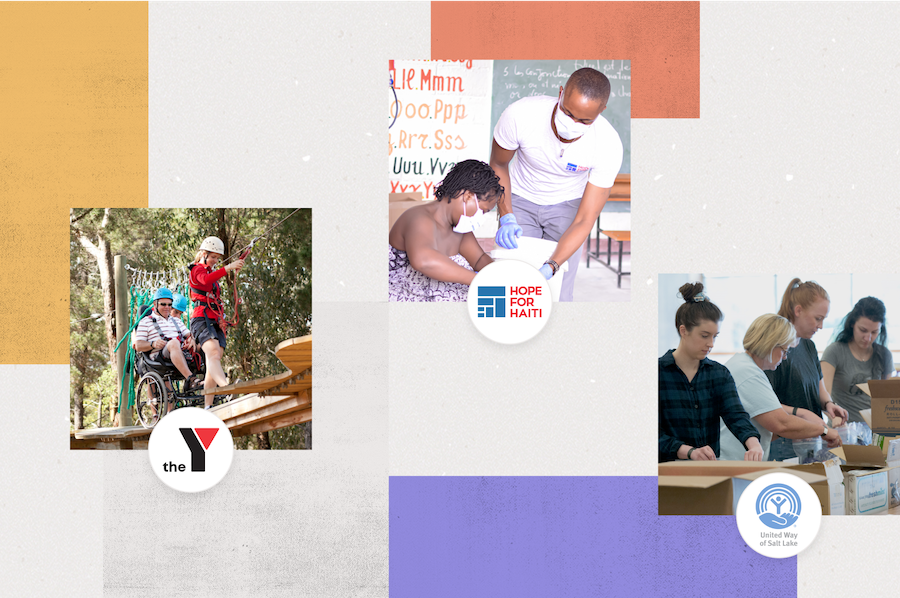A new look for a new year
Over the last couple of weeks our customers have been experiencing a change in the look-and-feel of our product. If their feedback is any indication, this has been a very welcome improvement. Readers will notice that these modifications have now made their way to our public website.
It’s worth mentioning that we’ve wanted to make our product nicer-looking for a long time. Virtually every successful new product starts out as a prototype that matures into a more refined, streamlined offering as it makes its way into the hands of more users. And we’re all excited that our product has come far enough to deserve its shiny new clothes!
Figuring out when in the lifecycle of the product to endow it with a new design can be a challenge. Even cosmetic changes take real engineering time, which has to be balanced against developing or refining features and learning about what works and doesn’t work for our users. Since we are sensitive to user experience and the emotional impact a good design can deliver, we decided that once we had onboarded our designer, we could—and should—get to work on this. It was also reassuring to hear feedback from our users: that it’s important that the product they live in and rely on to organize their time be emotionally pleasing. We are happy that we are starting to fulfill that desire.
Our designer, Stephanie, came on board just a few months ago, and has done a great job getting up to speed in figuring out how to express Asana’s core values, not only in the way the application operates, but in the way it looks. The team got very excited to see her early mocks, but those static PNGs didn’t manage to do justice to how great the product feels now that we’ve actually implemented her changes. Stephanie collaborated with design agency Method to create an identity and logo that we think nicely capture the dependability and the ease the Asana brand represents.
But once we had the new design and visual language firmly in mind, there remained a question: how do we implement this, and in what order do we make the changes?
We have divided the effort into two main phases. The first—which we have just completed—is basically a re-skinning of the product we already had, with a lot more careful attention to how all of the elements relate visually. There are new colors, styles, type, spacing, graphics, iconography. The next phase will involve layout and workflow changes, and some new features. Staging the work this way is useful because the re-skinning can stand on its own as a UX improvement, but the other changes address broader usability goals and would only make sense in the context of the new style and visual language.
When implementing the re-skinning we were again faced with a choice: should we ship incremental changes as we make them, or unveil the new design all at once? An unveiling would have been a lot more fun for us, but would have created engineering challenges that might have delayed its release (or that of unrelated features). So we drew upon our values of pragmatism and speed (and transparency!) not worrying that our users might see us in a half-dressed state. Indeed, watching the UI evolve day-by-day was exciting in its own way.
As we embrace the new year, we’d like to bid farewell to our prototype UI, be thankful for all the learning it facilitated, and welcome the new visual manifestation of our efforts. It’s going to be a great year for Asana and its users.

